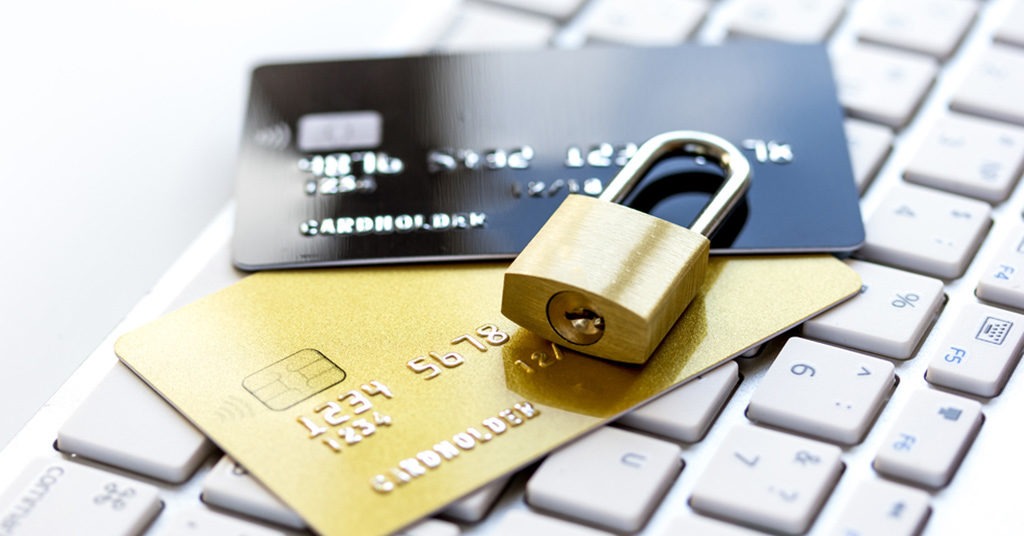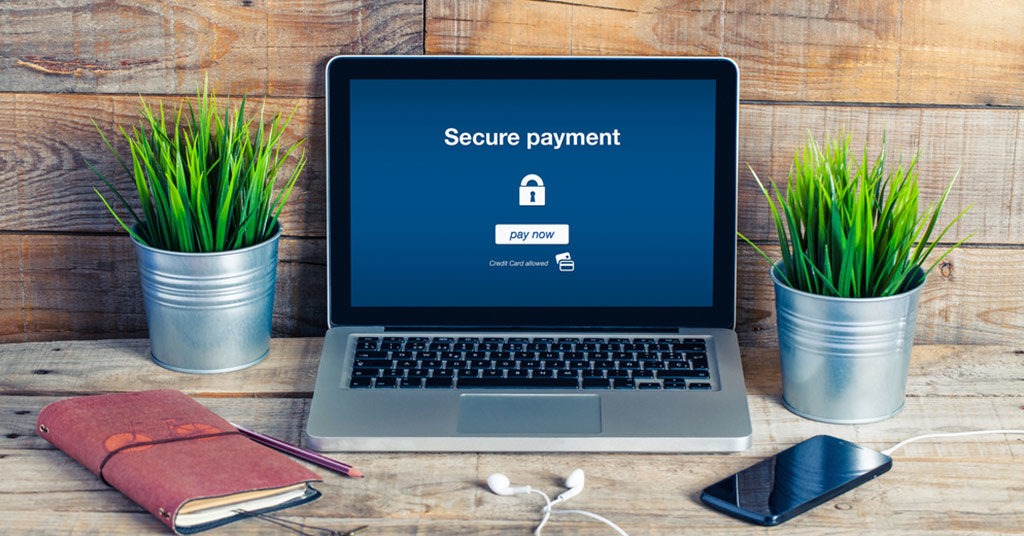The more anti-fraud protection methods are developed, the more resourceful and careful fraudsters will be

Schemes & types of banking card fraud to watch out for. Source: shutterstock.com
The unprecedented development of banking technologies increasingly makes us dependent on electronic systems, which entails significant dependence on electronic money. This maelstrom of information technology makes us vulnerable to different fraudsters and swindlers, who are eager to collect our sensitive data.
Everyone who has done school physics remembers meaningful but straightforward Newton’s third law of motion, which says “When one body exerts a force on a second body, the second body simultaneously exerts a force equal in magnitude and opposite in direction on the first body”. In simple terms, applicable to this case, the more anti-fraud protection soft/methods are developed, the more resourceful and careful fraudsters will be. Furthermore, it means that scam schemes will become more sophisticated, flexible, and inventive. This trend continues to date, and everything suggests that apparently nothing is going to dramatically change.
Intruders have a particular interest in accessing accounts. There are multiple ways to pull personal data. In this article, we will look at the most common types of credit card fraud. We strongly hope that it will help you to avoid any unpleasant situations in the future, and you won’t be another victim of even the experienced and most sophisticated fraudster.

The education of consumers is an essential issue. Source: shutterstock.com
The education of consumers is an essential issue. It is a vital part of an account protecting strategy. If a consumer is informed about what they are able to do to protect their account data, the likelihood of fraud decreases rapidly. Thus, it is one of the main preventive measures against fraud and related misconduct.
Types of banking card fraud
For starters, let’s consider major kinds of banking card fraud — there are six of them.
- Lost or stolen cards. It is one of the most widespread kinds of card fraud. You should report immediately in order to minimize damage.
- “Account takeover”. This is when an owner of the card inadvertently provides their personal or sensitive information to a fraudster. For instance, you blabbed your home address or the name of your first pet to a crook. Sometimes it is sufficient data to obtain a new card (instead of the legal cardholder), by contacting the cardholder’s card issuer and telling them you’ve “lost” the card/it was stolen, etc.
- Counterfeit cards. It is also a common kind of banking card fraud. Scammers use “cloned” cards, which are copied from real existing ones.
- Fraudulent application. It is when a crook uses a name, as well as any relevant personal data of another person to get a banking card.
- Collusive merchants. The name says everything. There are some situations when employees of a merchant cooperate with fraudsters by arrangement.
- Mail order or telephone order (MO/TO) fraud. This point includes e-commerce, which makes it the largest category of total bank card fraud in the Asia-Pacific region. Statistically, this kind of fraud totals no less than 75% of all fraud cases.
Schemes used by card fraudsters
It is time to convert the issue from theory to practice. Let’s look at the most common practical models and actual schemes, used by card fraudsters:
- Skimming is a type of fraud, based on the use of cutting-edge technical devices. A skimmer is a device that swipes credit and debit card information.
Mostly, a banking card’s data is used to create a “fake” card. This advanced device is mounted on a card reader of an ATM. A card just “passes through” this device, and reaches the point it was supposed to reach. A skimmer, meanwhile, swipes the required information from the card (magstripe data).

Mostly, a banking card’s data is used to create a “fake” card. Source: shutterstock.com
That is the way fraudsters can easily develop a “cloned” card. However, there is one issue left. They need to know the PIN to use this counterfeit card. The PIN, as we know, is entered through an ATM keypad. There are multiple ways to get a PIN, but a hidden camera and fake pinpad are the most common ones. “Hidden camera” means that fraudsters have placed (literally, hidden) a small camera somewhere nearby, thus they clearly see the entered PINs. “Fake pinpad” is when crooks place a special keypad over the real one. A fake keypad usually looks exactly like the original one, so it is quite hard to spot a fraudster’s pinpad. Therefore, you should check any ATM where you’ve chosen to make a cash withdrawal before any operation. A fake pinpad is always thicker than a normal one, a credit card reader shouldn’t stick out far past the panel, and a security seal shouldn’t be voided.
- Phishing is a type of fraud, which means the crooks get valuable information related to payment cards by any means.
Mostly, fraudsters send an email disguised as a bank or other financial institution notification/message to a potential victim. Clicking a link from such a message redirects a victim to a fake site or a bank website. Usually, such sites offer to enter personal data, like the card number, PIN, or CVV2/CVC2, on the grounds that the relevant data was lost due to technical problems with the system/system error/technical failure etc, there are thousands of excuses and fake reasons. That is the way scammers get a victim’s data and use it to make payments on the internet.

Fake site/store is actually a part of “phishing” scheme. Source: shutterstock.com
Fake site/store is actually a part of “phishing” scheme. Most often, fraudsters create a “clone” of the existing website (like an online store), which operates a limited period of time. It looks like the real site, but it offers 50%, 60%, or even 90% discounts on popular goods (often the item you really want).
A shopper should remember that there are no miracles, and these attractive offers with below-market prices are just a part of a criminal’s scheme, in which such a site is just an “intermediary” between you and your card data and scammers, which want to get this data. If a shopper enters the credit card details, the fraudsters will intercept this information and use it for their criminal purposes.
SEE ALSO:








